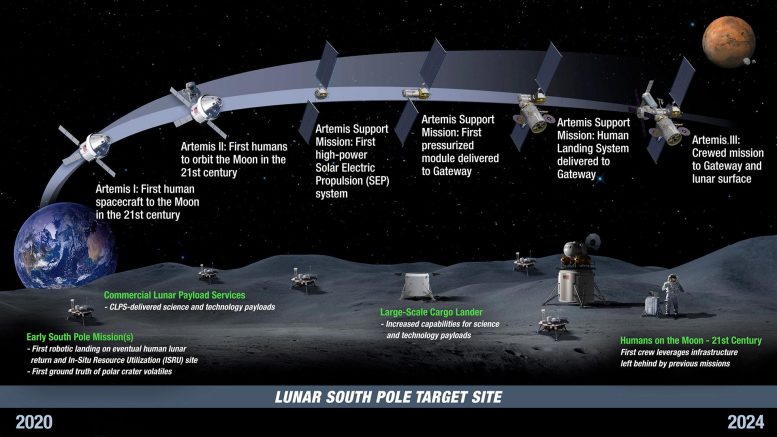

For example, if you view or listen to any embedded audio or video content you may be sent cookies from the site where the embedded content is hosted. Some features used on this website may involve a cookie being sent to your computer by a third party. These are those cookies that belong to us and which we place on your device or are those set by a website that is being visited by the user at the time (e.g., cookies placed by ) Third-party cookies These third-party service providers use persistent Cookies to help us improve user experience, manage our site content, and analyse how users navigate and utilize the sites.įirst and Third-party Cookies First party cookies We also use cookies to administer our sites and for research purposes, also has contracted with third-party service providers to track and analyse statistical usage and volume information from our site users. Such cookies and other technologies helps us to identify you and your interests, to remember your preferences and to track use of We also use cookies and other tracking technologies to control access to certain content on our sites, protect the sites, and to process any requests that you make to us. use cookies and other technologies to store information in your web browser or on your mobile phone, tablet, computer, or other devices (collectively "devices") that allow us to store and receive certain pieces of information whenever you use or interact with our applications and sites. How do our sites use Cookies and Other Tracking Technologies? The information provided below about cookies also applies to these other tracking technologies. This allows our sites to recognize your device from those of other users on our sites. The other tracking technologies work similarly to cookies and place small data files on your devices or monitor your website activity to enable us to collect information about how you use our sites. What are Cookies and Other Tracking Technologies?Ī cookie is a small text file that can be stored on and accessed from your device when you visit one of our sites, to the extent you agree. This cookie policy should be read together with our Privacy Policy.īy continuing to browse or use our sites, you agree that we can store and access cookies and other tracking technologies as described in this policy. This cookie policy explains how and why cookies and other similar technologies may be stored on and accessed from your device when you use or visit websites that posts a link to this Policy (collectively, “the sites”). understands that your privacy is important to you and we are committed for being transparent about the technologies we use. Check Business Breaking News Live on Zee Business Twitter and Facebook. Get Latest Business News, Stock Market Updates and Videos Check your tax outgo through Income Tax Calculator and save money through our Personal Finance coverage. The Space Launch System (SLS), a brand-new super-heavy rocket from NASA that has never been launched before, and the Orion Multi-Purpose Crew Vehicle (or Orion MPCV), which has only flown in space once, are the two components of the Artemis 1 mission.Ĭlick Here For Latest Updates On Stock Market | Zee Business Live Whether they reach that goal will ultimately depend on how things go for Artemis-1.ġ0. NASA unveiled a short list of potential landing locations close to the Moon's South Pole for the Artemis-3 mission, which attempts to send humans to the Moon in 2025. Monitoring this and, more importantly, making sure that the breathable environment within the capsule is maintained throughout is one of the mission's objectives.ĪLSO READ | What is Artemis Mission and why NASA named its Moon launch mission after Greek God? Explainedĩ. The Orion spacecraft has to be built with materials capable of withstanding enormous thermal stress without failing since such massive temperature variations can cause significant thermal expansion and contraction of materials. The Moon's surface may get as hot as 120 ☌ during the day and as cold as -170 ☌ at night.

The twin sister of Apollo and the daughter of Zeus in Greek mythology is the inspiration behind the name of the Artemis programme.Ĩ. Artemis I, the first of a succession of more upcoming missions, will lay the groundwork for human deep-space exploration and establish that humans are willing and able to extend their presence to the Moon and beyond.ħ. The first unmanned flight mission to travel beyond the Moon and land on Earth will be Artemis I.ĪLSO READ | Artemis 1 launch: How the 'most powerful rocket engine' will propel NASA's plan to grow food on lunar soil - EXPLAINEDĦ. The stakes are significantly higher when you add up everything from the program's inception a decade ago to the lunar landing in 2025: $93 billion.ĥ. Over $4 billion will be spent on just this one mission.


 0 kommentar(er)
0 kommentar(er)
